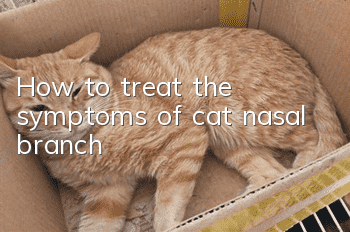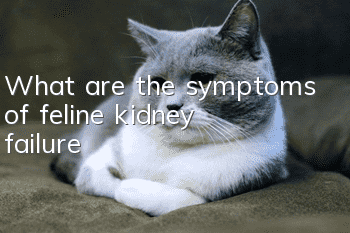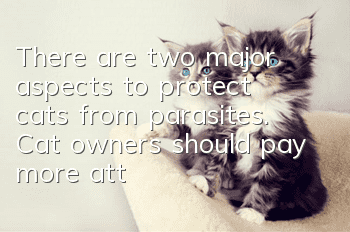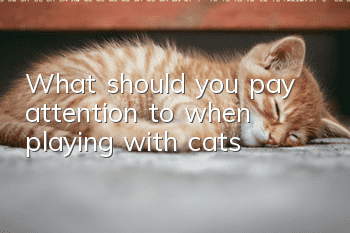How to treat the symptoms of cat nasal branch

Treatment methods for cat nasal branch:
1. When a cat only shows mild symptoms such as sneezing, runny nose, cough, etc., it is best to take Garfield to the doctor for examination, and based on the actual potential treatment of the condition.
2. During the treatment period, the cat needs to be supplemented with more lysine and vitamin B. If the cat sheds tears, it can be relieved by giving the cat eye drops appropriately. If other abnormal symptoms persist, you will need to seek medical examination and treatment again.
2. When the pet owner finds that the cat has all the symptoms of feline nasal branch and has entered the severe stage, they can use amoxicillin granules + Meowth Lysine Type B + Tique Eye Drops + Loquat syrup is treated with antiviral drugs, and the antiviral drugs cannot be used without it.
After cats are infected with rhinophyma, they will have symptoms such as coughing, sneezing, and tearing in the early stages of the disease. They will also be accompanied by loss of appetite, listlessness, and constant runny nose. Due to poor physical condition, cats will also experience significant weight loss. The mortality rate of cat nasal branch is very high. If it is not treated in time at the early stage of the disease, the cat is very likely to die.
Tips:
Feline rhinotracheitis, also known as infectious rhinotracheitis, is a very infectious acute infectious disease that mainly infects the upper parts of cats. Respiratory tract, the causative agent of this disease is feline rhinotracheitis herpes virus. Under natural conditions, it is mainly transmitted through the respiratory tract and digestive tract. After a cat is infected with this virus, the virus will multiply in the epithelial cells of the sick cat's nasal cavity, throat, organs, conjunctiva, and tongue, and will be excreted out of the body along with its secretions. The main source of nasal congestion in cats is the environment. Therefore, the environment needs to be kept clean and disinfected. The cat’s own hygiene needs to be cleaned every day. A proper diet can also prevent infection of cat nasal bronchus. It is necessary to supplement nutrition and enhance disease resistance.
- What should I do if my cat suddenly has diarrhea? How to care for Garfield’s diarrhea!
- Is the cat sneezing because he has a cold? Poop scoopers should pay attention!
- What color does the world look like in a cat’s eyes?
- Why do cats pee randomly? And how to solve it?
- What to do if a cat vomits? What are the causes of vomiting in pet cats!
- Why does a cat sneeze and shed tears?
- Which is better to keep, Abyssinian or Exotic Shorthair?
- What should I do if my cat doesn’t like to sleep in the cat’s nest?
- Five Ways to Buy the Best Cat Food
- Cat keeps itching



